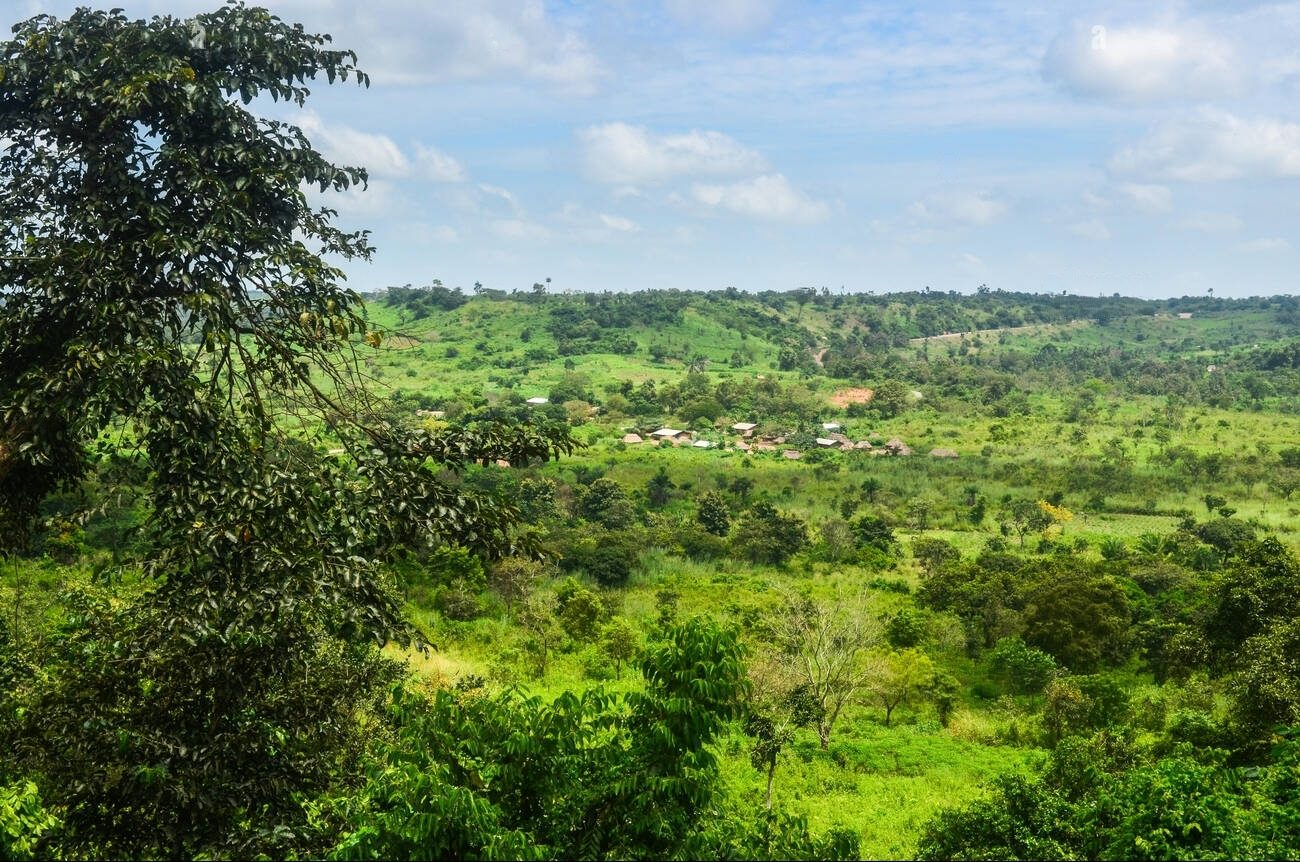Land Valuation: More Than Just Location
When we think about the value of land, we often focus on its location—prime real estate in a bustling city or a picturesque plot of land in the countryside. However, land valuation goes much deeper. Various factors contribute to how land is priced in the market, making it a complex aspect of land economics.
- Accessibility: How easily can you reach the land? Proximity to transportation networks, highways, and utilities can significantly impact land value.
- Demand: Land’s value is closely tied to demand. High demand for certain areas, whether for residential or commercial development, can drive up prices.
- Zoning Laws: Government regulations that determine how land can be used (residential, commercial, industrial, etc.) also influence its price. Zoning laws help create order and predictability in land use, but they can also limit how land is developed, affecting its valuation.
Growth Potential: The future prospects for a piece of land—such as its potential for urban development, industrial use, or environmental conservation—can dramatically affect its price. Investors often take into account the possibility of long-term growth, which could raise the land’s value over time.

Understanding land valuation is essential for both investors and policymakers, as it allows them to make informed decisions about where to invest, build, and plan for the future.
Land Markets: Supply and Demand Dynamics
Just like any other market, land markets are driven by the fundamental economic principles of supply and demand. The demand for land is constantly influenced by factors such as urbanization, population growth, and economic development.
Urbanization: As more people move into cities, the demand for land in urban areas increases, causing land prices to rise. The growth of cities leads to a competitive market for limited land resources, driving up costs for businesses and residents alike.
Supply Constraints: While the demand for land may grow, the supply is limited. Urban areas especially face a shortage of available land, which can exacerbate price increases and lead to gentrification or housing shortages. The available land is often not distributed equally, which can affect the availability of affordable housing and commercial space.
Investment and Development: The dynamics of land markets also influence investment decisions. Developers and investors seek out land that offers high potential for future growth or returns, whether through residential development, commercial spaces, or industrial zones. The supply and demand for land can fluctuate due to changes in economic conditions, government policies, and infrastructure development.
In a growing economy, land markets are central to the allocation of resources. As urbanization continues and economies evolve, the demand for land will only increase, affecting land prices and investment patterns.
Land Use and Zoning: Balancing Growth and Sustainability
Land economics doesn’t only focus on land’s monetary value; it also looks at how land is used and managed. Whether it’s used for agriculture, housing, industry, or conservation, the way land is utilized directly impacts the economy and the environment.
Agriculture: Agricultural land is a critical resource for food production, and its use directly impacts the economy by contributing to the supply of crops, livestock, and other resources. The management of agricultural land, including irrigation systems, crop rotation, and sustainable practices, is crucial for ensuring long-term productivity.
Housing and Commercial Use: As urbanization increases, land is increasingly being used for residential housing and commercial developments. Zoning laws ensure that land is used effectively and that residential areas, businesses, and industries don’t encroach on each other, maintaining a balance between growth and liveability.
Conservation: In some cases, land is designated for conservation purposes, such as national parks or protected environmental areas. These zones help preserve biodiversity and mitigate environmental degradation, ensuring that future generations can benefit from natural resources.
Zoning laws are the key to managing land use efficiently. By designating specific areas for residential, commercial, industrial, and agricultural use, governments can ensure that urban sprawl is controlled, economic growth is sustainable, and natural ecosystems are preserved.
Conclusion
Land plays a central role in the economic system by determining how resources are allocated, how cities grow, and how businesses and individuals use space to create wealth. Whether it’s through land valuation, land use, or the dynamics of supply and demand in land markets, the economics of land helps shape the future of economies globally. By understanding these three key roles of land, we can better appreciate its importance in sustaining and fostering economic growth for generations to come.



